Investment Casting.
Material Innovations Expands Production Applications.
Investment casting is an important manufacturing process with a history that is thousands of years old. Also known as lost wax and shell investment casting, the process of shaping molten metal into objects using wax patterns and ceramic molds is still used today.
Investment casting is often used when extreme smoothness and accuracy are required, production quantities are low, and design complexity is high.
The process starts with a pattern — also known as a master, or master pattern. Traditionally this pattern is made of wax and produced with injection molding, but 3D printing revolutionizes this time-consuming step. Once the pattern has been created, whether traditionally or with 3D printing, the process is the same. The pattern is dipped in an ultra-fine ceramic slurry followed by a coating of one or several layers of a coarser sand/ceramic, depending on design specifics. If the original pattern was wax, it is then melted and drained; if the original pattern was printed, it is burned out. With the right 3D printing material, this burn out leaves very little ash which is an important prerequisite for certain applications. At this point the pattern is ready for metal casting.
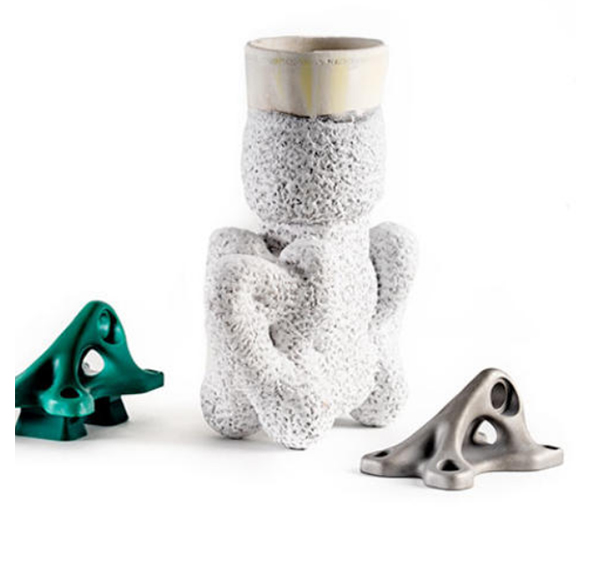
Investment casting is precise, but it is also time consuming and expensive. For example, for one customer the traditional method of using a wax injection tool to create an axial turbine blisk mold requires at least five weeks and can cost upwards of $20,000 from start to finish. In comparison to traditional methods, the time and cost investments for 3D printed investment casting patterns are much lower, and 3D printing can also produce patterns of greater complexity. A customer can create a 3D printed investment pattern overnight; in the morning it is ready for the foundry at a cost of under $2,000.
Specific benefits of 3D printed casting patterns.
Produce patterns with greater design complexity.
Removed from the limitations and restrictions of traditional wax pattern production processes, 3D printed casting patterns can deliver higher design complexity.
Produce patterns significantly faster.
Customers have cut weeks and months from the time taken to produce casting patterns and reduced time to casting by 90% or more.
Save significant costs of production.
Customers have saved hundreds of thousands of dollars with 3D printed casting patterns in direct comparisons.
Rapid production of casting patterns also helps quickly identify design flaws to reduce the need for costly design changes and rework that can lead to massive time and cost overruns.
Increase product quality and finish.
The perfect surface resolution of stereolithography (SLA) casting patterns delivers an unprecedented level of quality to the final casted parts, reducing lengthy machining and post-processing requirements.
The process is commonly used for all kinds of.
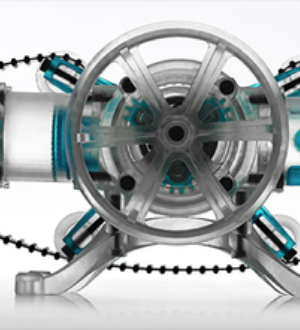
Mechanical parts.
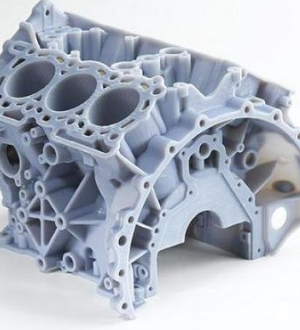
Engine parts.
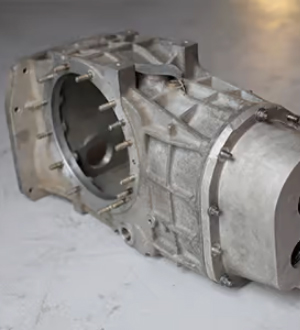
Gears.

Dental work.
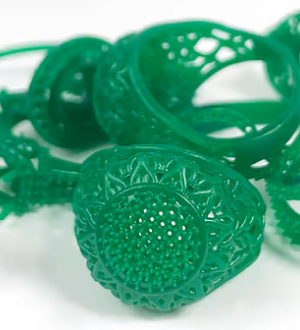
Jewelry.
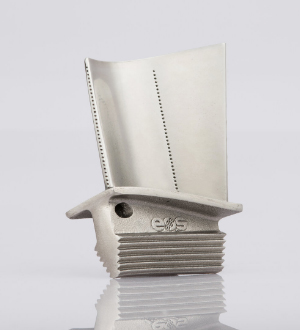
Turbine blades.

Vaupell Saves Time and Money on Investment Casting with 3D Systems .
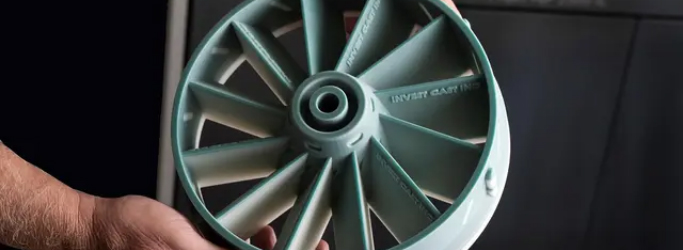
Invest Cast: Wax 3D Printing Is Next Gen for Investment Casting .
